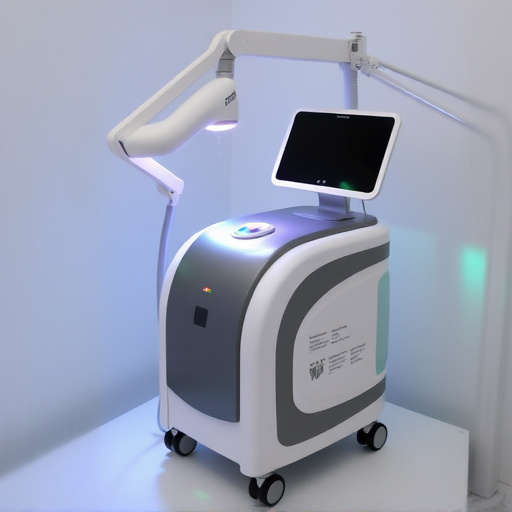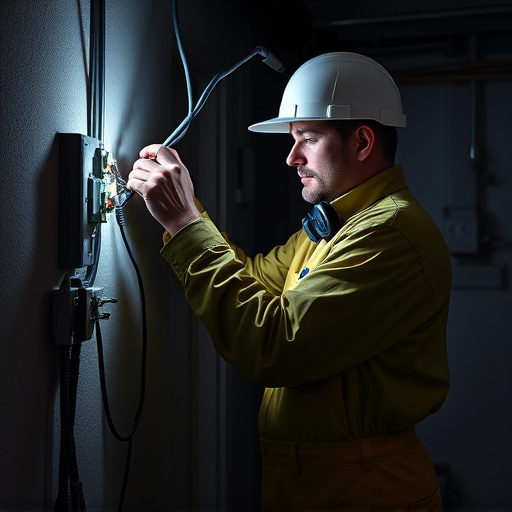Construction quality evaluations meticulously assess buildings beyond visual inspections, focusing on air intake systems, brand reliability ratings, and durability. These factors are crucial for efficient ventilation, material quality, and structural longevity. Prioritizing these aspects ensures high-quality projects that meet safety standards, enhance occupant comfort, and contribute to sustainability. Regular maintenance of top-brand components further improves durability, making it a strategic investment for builders and homeowners.
In the dynamic landscape of construction, ensuring project quality is paramount. This comprehensive guide delves into the core aspects of construction quality evaluations, shedding light on key factors and robust methods. We explore the significant role played by metrics like air intake, brand reliability ratings, and durability in shaping project outcomes. Additionally, we unveil best practices designed to foster excellence, guaranteeing high-quality construction that stands the test of time.
- Understanding Construction Quality Evaluations: Key Factors and Methods
- The Role of Air Intake, Brand Reliability, and Durability Ratings
- Best Practices for Ensuring High-Quality Construction Projects
Understanding Construction Quality Evaluations: Key Factors and Methods

Construction quality evaluations are a critical process that ensures buildings and infrastructure meet the required standards and last for years to come. These evaluations go beyond simple visual inspections, delving into various factors that contribute to a structure’s overall quality. Key elements include air intake systems, which are vital for ventilation and must be assessed for brand reliability, ratings, and durability to ensure they function efficiently and withstand environmental conditions.
Beyond air intake, evaluators consider material quality, construction techniques, and adherence to design plans. They examine the reliability of brands used in the construction process, ensuring top-tier performance and longevity. Durability testing is also integral, simulating real-world conditions to predict how well the structure or component will hold up over time. By combining these methods, professionals can deliver high-quality projects that meet safety standards and satisfy occupants’ needs.
The Role of Air Intake, Brand Reliability, and Durability Ratings

In construction quality evaluations, factors like air intake, brand reliability, and durability ratings play a pivotal role in determining the overall performance and longevity of buildings and infrastructure. Air intake, specifically, is crucial for ensuring proper ventilation and indoor air quality, which directly impacts occupant health and comfort. Efficient air intake systems not only enhance the livability of spaces but also contribute to the overall sustainability of structures by minimizing energy consumption related to heating and cooling.
Brand reliability ratings are a testament to the consistent performance and durability of construction materials and equipment over time. Reputable brands with strong reliability records offer peace of mind for developers, contractors, and owners alike, knowing that their investments will withstand the rigors of daily use and varying environmental conditions. Moreover, these ratings encourage manufacturers to uphold high standards in production, ensuring that their products consistently meet or exceed expected durability benchmarks.
Best Practices for Ensuring High-Quality Construction Projects

To ensure high-quality construction projects, several best practices should be implemented throughout the building process. One key aspect is prioritizing air intake systems with brand reliability ratings that guarantee optimal performance and longevity. These systems play a crucial role in maintaining indoor air quality, energy efficiency, and overall structural integrity. Regular maintenance checks and timely replacements of components are essential to preserving their durability.
Additionally, using high-quality materials and adhering to stringent quality control measures can significantly enhance construction outcomes. Brands known for their superior reliability ratings offer products that meet or exceed industry standards, ensuring consistent performance over time. This focus on brand selection and ongoing maintenance contributes to the overall durability of the construction project, making it a solid investment for both builders and homeowners alike.
Construction quality evaluations are multifaceted processes that hinge on key factors like air intake, brand reliability, and durability ratings. By understanding these elements and implementing best practices, construction projects can achieve superior quality standards. Regular assessments, adherence to industry benchmarks, and continuous improvement strategies ensure that every project meets or exceeds expectations, ultimately fostering trust in the construction industry.














